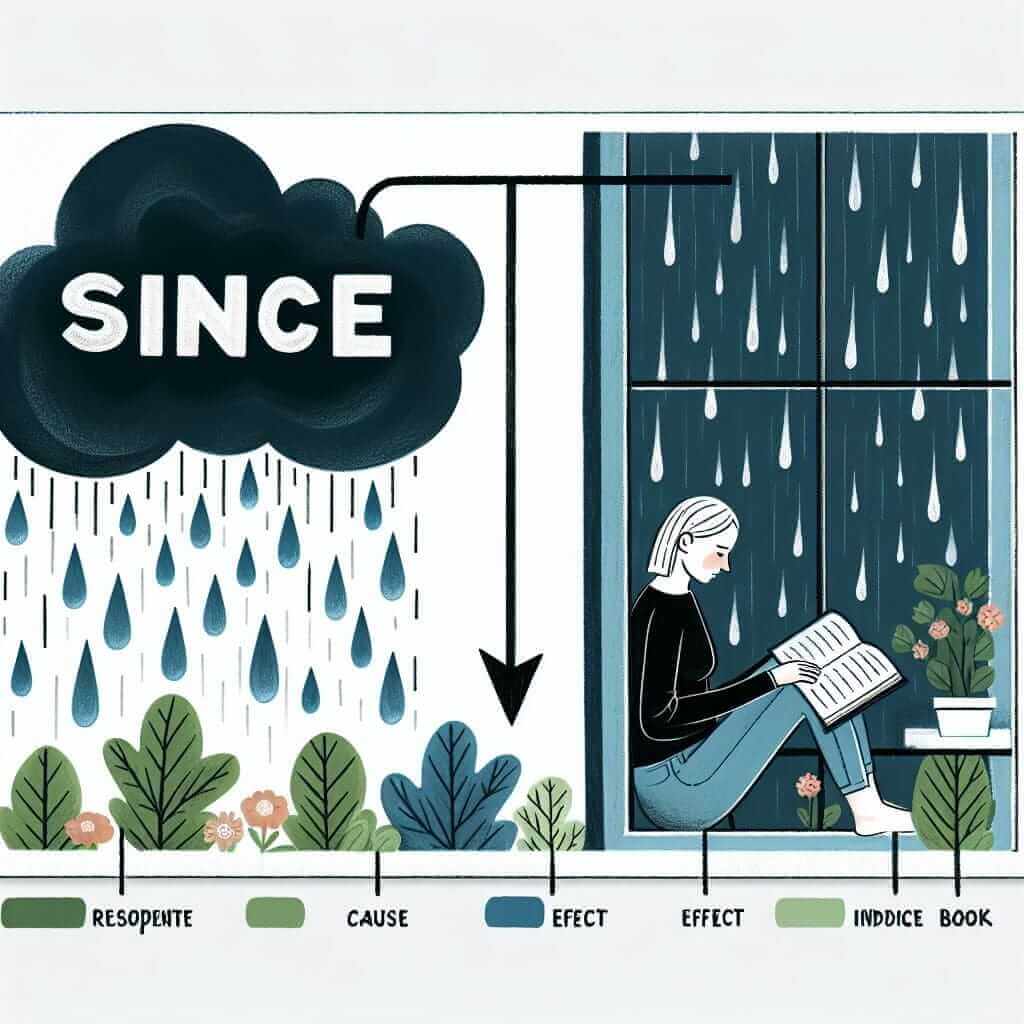“Since” is a versatile word in the English language, often causing confusion among English learners. While it’s commonly known for indicating time, “since” can also express cause or reason. This article delves into the causal usage of “since” and equips you with the knowledge to confidently incorporate it into your IELTS writing and speaking.
Let’s look at some examples of how “since” can be used across different sections of the IELTS exam:
Speaking (Part 3):
- Examiner: “Do you think technology has made our lives easier?”
- You: “Since technology automates many tasks, it has undoubtedly made our lives more convenient. For example, online banking eliminates the need to visit a physical branch.”
Writing Task 2:
- “Since climate change poses a significant threat to the planet, governments must take immediate action to reduce carbon emissions.”
Listening (Section 4):
- “The museum will be closed for renovations from next month. Since this will affect visitor access, we’re offering discounted rates in the meantime.”
In each of these examples, “since” is used to introduce a cause for the main clause. It adds a layer of sophistication to your language by providing a reason or justification for the statement being made.
Understanding the Causal Use of “Since”
When used to express cause, “since” is synonymous with conjunctions like “because” or “as”. It signals a cause-and-effect relationship between two clauses within a sentence. The clause beginning with “since” provides the reason for the situation described in the main clause.
Structure and Grammar:
Since [reason or cause], [main clause]
Example:
- Since the weather was terrible, we decided to stay home.
In this example:
- Since the weather was terrible: This clause explains the reason.
- We decided to stay home: This is the main clause explaining the action taken as a result of the reason.

Applying “Since” in IELTS
Writing Task 2:
“Since” is particularly useful for building strong arguments in your essays.
Example:
- “Traffic congestion is a major issue in urban areas. Since private vehicles contribute significantly to this problem, promoting public transportation is crucial for a sustainable future.”
In this example, “since” effectively links the cause (private vehicles contributing to traffic) with the proposed solution (promoting public transportation).
Speaking Part 3:
Using “since” in your Part 3 responses showcases your ability to express complex ideas and provide reasoned answers.
Example:
- “Some believe that social media has a negative impact on relationships. Since excessive social media use can lead to decreased face-to-face interaction, it’s crucial to maintain a healthy balance.”
Here, “since” effectively connects excessive social media use (cause) with the need for balance (solution).
Achieving Band 7+ with “Since”
Using “since” accurately and naturally can contribute to a higher band score. It demonstrates a strong command of grammar and the ability to construct complex sentences.
Example:
- Instead of: “Many people are addicted to their smartphones. This can lead to sleep deprivation.”
- Use: “Since many people are addicted to their smartphones, sleep deprivation has become a prevalent issue.”
This revised sentence is more concise and shows a higher level of grammatical range by using “since” to combine the two ideas effectively.
Common Errors and How to Avoid Them
-
Comma Usage: Remember to use a comma after the clause that begins with “since”.
- Incorrect: Since it was raining we stayed indoors.
- Correct: Since it was raining, we stayed indoors.
-
Tense Consistency: Ensure tense agreement between the “since” clause and the main clause.
- Incorrect: Since he studied hard, he is passing the exam.
- Correct: Since he studied hard, he passed the exam.
-
Overuse: While useful, avoid overusing “since” in your writing or speaking. Vary your language by using synonyms like “because”, “as”, or “due to”.
Conclusion
Mastering the causal use of “since” is a valuable asset for IELTS success. By understanding its meaning, grammatical function, and application across different sections of the test, you can significantly enhance your language proficiency and express yourself with greater clarity and sophistication.
Remember to practice using “since” in various contexts and pay attention to the nuances of its usage. For further practice with conjunctions, you can explore resources like this article on subordinating conjunctions which can provide more in-depth examples and explanations. With consistent effort and focused practice, you’ll be able to incorporate “since” seamlessly into your IELTS responses, boosting your confidence and helping you achieve your desired score.